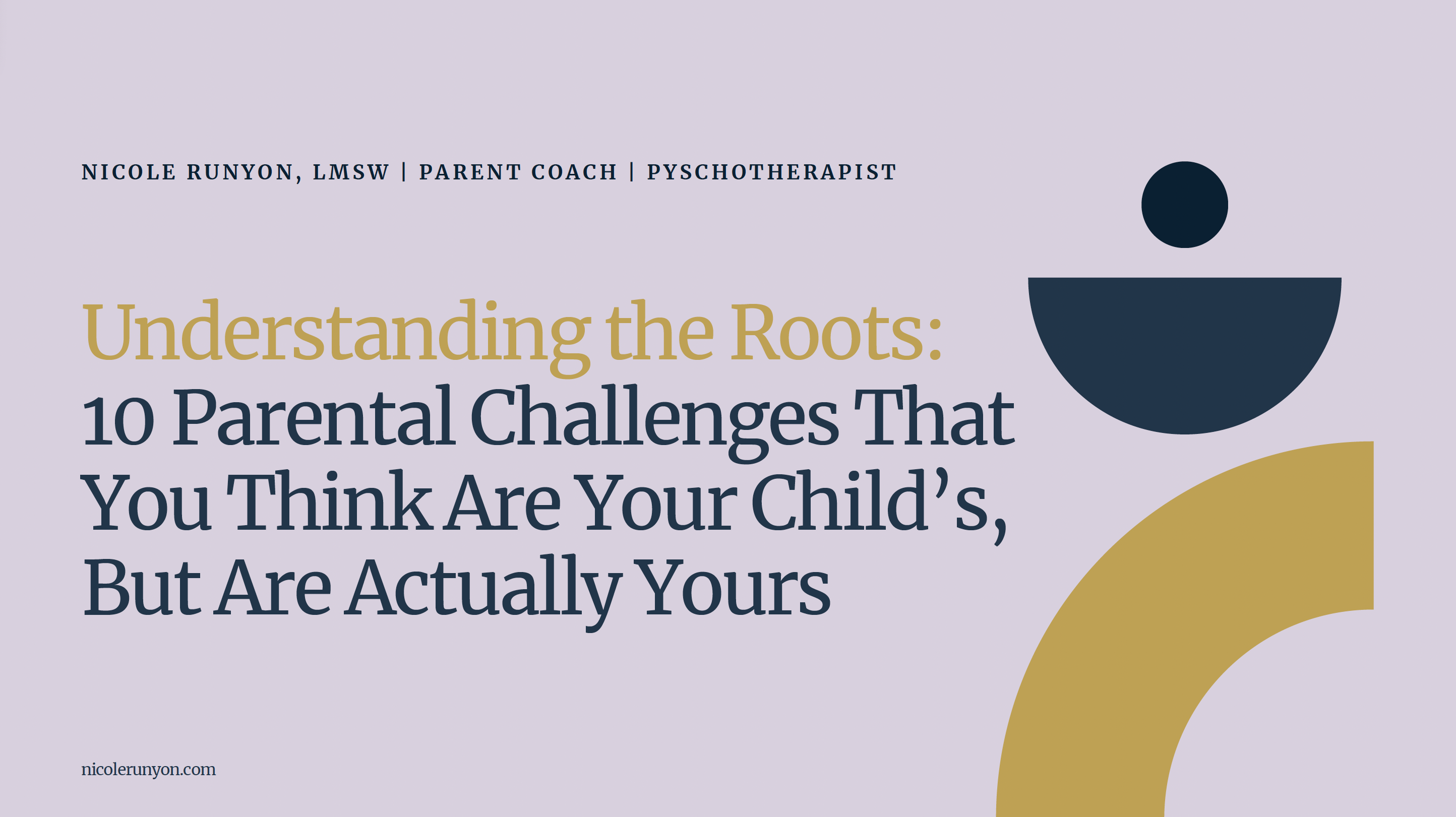In the age of digital connectivity, today’s youth, often referred to as “screenagers,” find themselves immersed in a world dominated by screens and electronic devices. As per Pew Research in 2014 and 2015, statistics indicate that the average teen sends a staggering 60 texts per day, while 8–18-year-olds spend an average of 6 hours daily in front of screens. When factoring in multitasking—juggling multiple devices simultaneously—this figure escalates to an astonishing 7.5 hours. The implications of this pervasive screen time have led to growing concerns about the well-being of this age group.
A myriad of digital engagements—from YouTube videos and video games to social media platforms and websites—constitutes a substantial portion of screenagers’ lives. This constant exposure subjects them to a barrage of messages that touch upon diverse topics such as family dynamics, peer interactions, relationships, gender roles, sex, violence, food, values, and fashion, among others. Unfortunately, these prolonged digital interactions have not come without consequences. Observations have revealed a concerning trend of screenagers distancing themselves from their families and friends, often spiraling into disorders such as anxiety, depression, and even addiction. Notably, the severity of these disorders appears to be on the rise within this age group.
One notable manifestation of this phenomenon is the withdrawal exhibited by screenagers. Symptoms of depression are manifested through their detachment from family, social activities, and hobbies that once brought them joy. This withdrawal tends to evolve into a cyclic pattern, wherein a screenager’s sole source of happiness becomes the screen itself. Regrettably, the struggle to disconnect intensifies, leading to a troubling pattern of addiction.
So, what precisely fuels the addiction among these screenagers? At its core, the addiction is rooted in the pursuit of peer validation and connection. A prime example is the addictive drive behind sharing meticulously filtered images on social media platforms. Likewise, the rush of affirmation derived from gaining popularity through online bullying is a concerning aspect of this addiction. Moreover, screenagers are essentially addicted to each other—an interconnected web of mirror images seeking acceptance and love. In their digital personas, they can craft identities that cater to the approval of their peers. This virtual existence becomes a conduit for an imaginary audience, enabling them to be anyone they desire.
The addictive nature of excessive screen time shares striking parallels with other forms of addiction, such as alcohol, drugs, food, or gambling. This similarity is anchored in the brain’s response to pleasurable stimuli—a surge of dopamine, often referred to as the “feel-good” neurotransmitter. Scientific studies have revealed that even the act of touching a screen or contemplating a video game triggers dopamine release, delivering instant gratification. Unfortunately, an underdeveloped adolescent brain struggles to establish boundaries around this euphoria, craving it incessantly. Over time, this chemical cascade overwhelms the brain’s mechanisms, resulting in reduced dopamine production. Consequently, the once-pleasurable screen engagement loses its potency, prompting increased usage—a phenomenon known as tolerance.
This concerning addictive cycle can ultimately breed apathy—a sense of emotional detachment that is increasingly being observed among students by educators and administrators. Many educators report encountering students exhibiting signs of depersonalization disorder, a condition marked by emotional numbness and disconnection from their surroundings. Those grappling with this disorder often describe themselves as detached from their own bodies, leading an existence devoid of meaningful purpose. A clear correlation has emerged between this disorder and excessive screen usage. The disconnected manner in which screenagers interact with the world during a pivotal phase of their development contributes to their physical and emotional detachment from their surroundings.
In conclusion, the proliferation of screens and electronic devices has ushered in a new era of connectivity for screenagers, but it has also raised red flags about their emotional well-being. The pervasive addiction to screens, driven by the quest for peer acceptance and validation, has the potential to yield dire consequences—ranging from depression and anxiety to depersonalization disorder. Acknowledging these issues and fostering healthy screen habits during adolescence is imperative to ensure a generation of youth equipped to navigate the digital landscape while maintaining their mental and emotional well-being.

